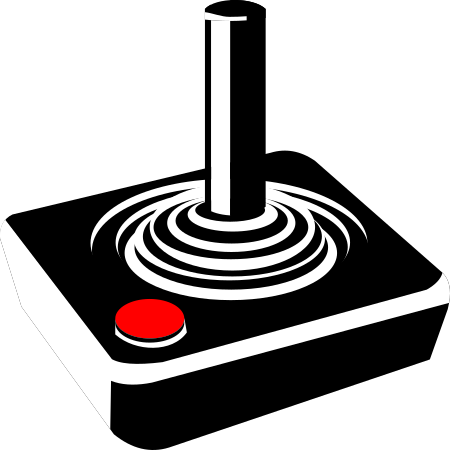For GBA, give a look at:
Super Monkey Ball Jr. (A classic)
Chu Chu Rocket! (Chill puzzle)
For GBA, give a look at:
Super Monkey Ball Jr. (A classic)
Chu Chu Rocket! (Chill puzzle)


In my experience, they are pretty difficult to emulate.
My pretty recent build still struggles to play some scenes with specific weapons (i.e. the Lava Gun was the worst offender, IIRC, I think it was R&C2).
RX 5700XT + 3700XT.
Generally speaking, the beginning of R&C2 usually has issues with LOD, and possibly even the rest of the game does.
I have never played R&C1, and can’t recall my experience in emulating R&C3 but together with 2, they’ve always been much much slower than all other games I have tried emulating so far.


Hopefully this will render the Ratchet & Clank series playable…


IMO, ASRock.
Considering that they’re probably the only mobo manufacturer that officially supports using consumer AM4 CPUs on a server (see ASRock Rack), and always supported ECC ram on all AM4 motherboards - and that I haven’t had anything negative happen with any of their products so far (at work) - I personally would choose ASRock next.
Haven’t had the chance to try them for AM5 yet, sadly.


This and the “Cast youtube video to TV” without an external bridging software


Nope, au contraire, I agree, I’m just pointing out that you said that digital storage conversion should happen in non-scientific notation, so you should now agree with OP in that Google is choosing the wrong output format for a, quote from the screenshot, “Digital Storage” conversion.
And yes, I’m writing multiple comments trying to explain this through narrative, without having to point out what in your reasoning sounds stupid.
I.E. Now don’t you tell me that Google is incapable of figuring out which output format it should use for such a calculation…
Since I apparently need to explain this like you’re 5, please read my last comment like the following:
“Are you now agreeing with me/OP that whenever you work with Digital Storage units you should never use scientific notation?”


Are you telling me that whenever you work with Digital Storage units you should never use scientific notation?


deleted by creator


deleted by creator


deleted by creator


deleted by creator


deleted by creator


It is an issue for two reasons:
Edit: seems like lemmy.ml is shitting themselves atm, excuse the multiple deleted comments


I don’t see any reply from OP so I’m growing confident that what you’re talking about is not OP’s point.
Often times when coding you may want to quickly write down 2MB but you may need to type it in bytes, so either you calculate 2 * 1024 * 1024 while coding, or you remember the number 2097152.
Now, since 2097152 is not such a common number that one would remember, you may quickly turn to the globally acclaimed oracle search engine to get such an answer, but all you get is a number in scientific notation, approximated, without an option to read it in standard decimal base. So you have to open the calculator and ask the same question again to get the answer you need.
If it helps, try to ignore what’s in the search bar and tell me if it makes more sense.
Edit: Additionally, if you were to NOT use the scientific notation, the length of the result would be shorter:
2,097e+6 (8 characters) vs 2097152 (7 characters)


I don’t think that’s the issue, OP also changed from 1 to 2, so I believe they basically want to know the result of 2 * 1024 * 1024, but the issue is that the result is written in scientific notation.


It’s not as much of a port as it is a spin-off / prequel.
Sorry for being pedantic, my point is that VCS is also available on PS2, so by definition it’s not a port.
No PC version though, sadly.


deleted by creator


deleted by creator
I have been using exfat since it has support for big ISOs and is compatible with Linux.
The ST400 does NOT support ext4, but I didn’t care much: I wanted a partition scheme that was accessible from both Windows and Linux.
I don’t recall ever having to change the firmware for that, nor for NTFS which I have used the very first time when testing it out.
For my use case, I am using a cheap 120G ssd on which I only keep ISOs, so I never found myself needing multiple partitions…
Edit: The documentation does say that it supports multiple partitions, but again, I never tested that out, so YMMV…
Hope this helps.
I spent ages playing it, and still remember building my stages and characters (for context: there is a built-in level editor, and you can draw your own playable characters, pixel by pixel, frame by frame), I don’t think I’ll ever forget such a unique game…